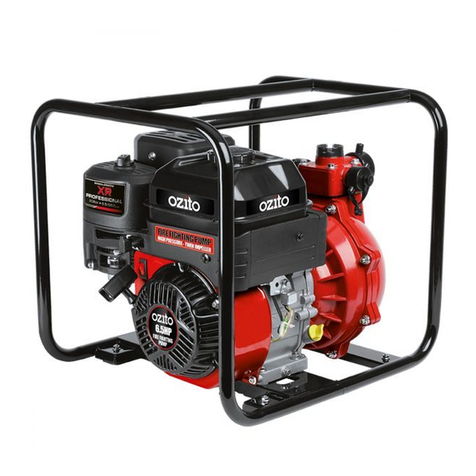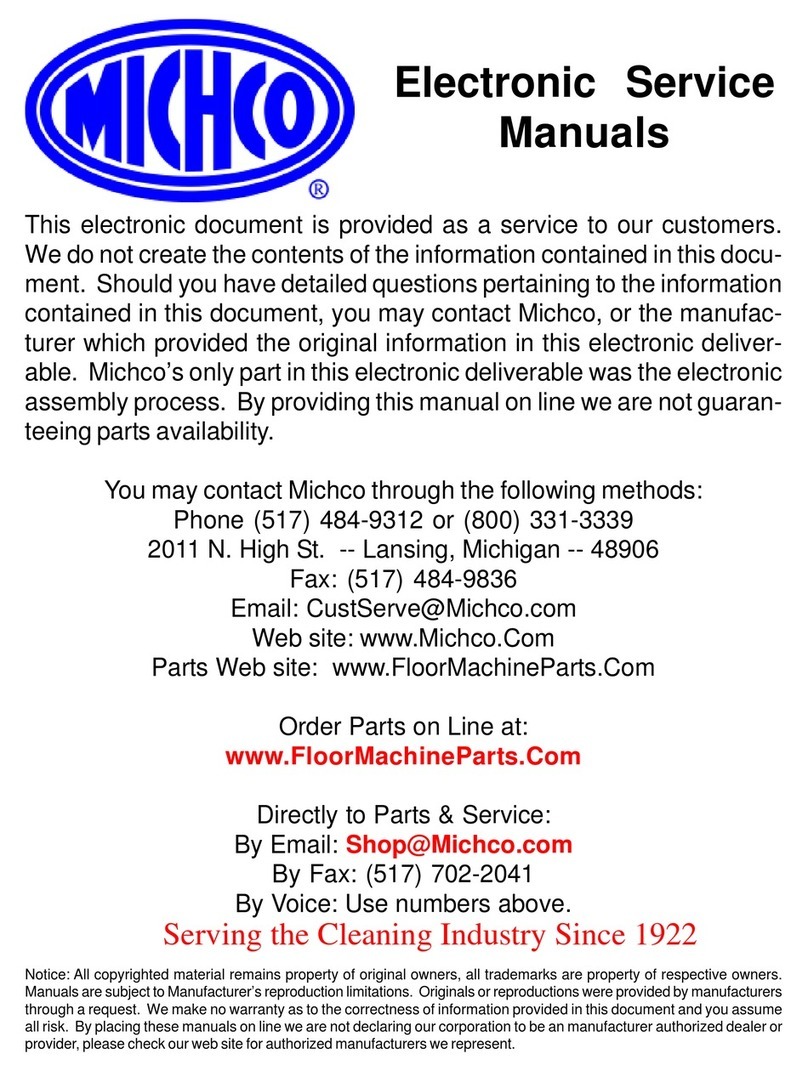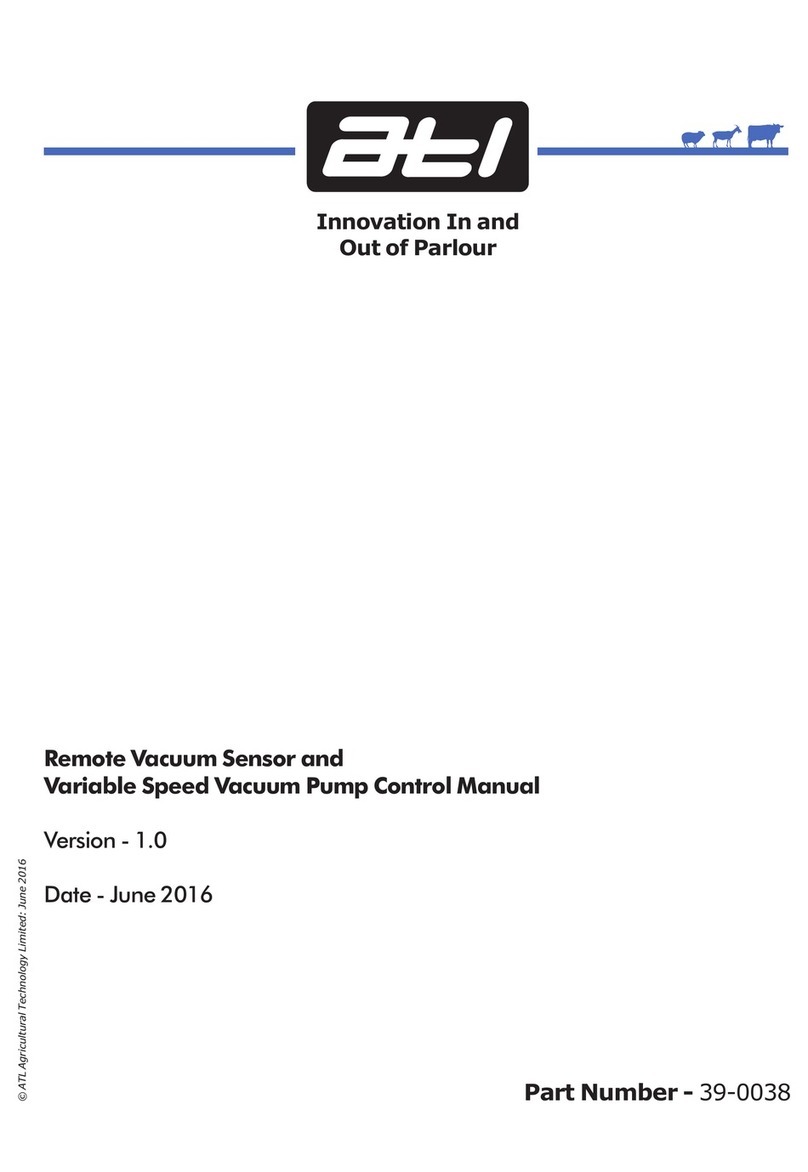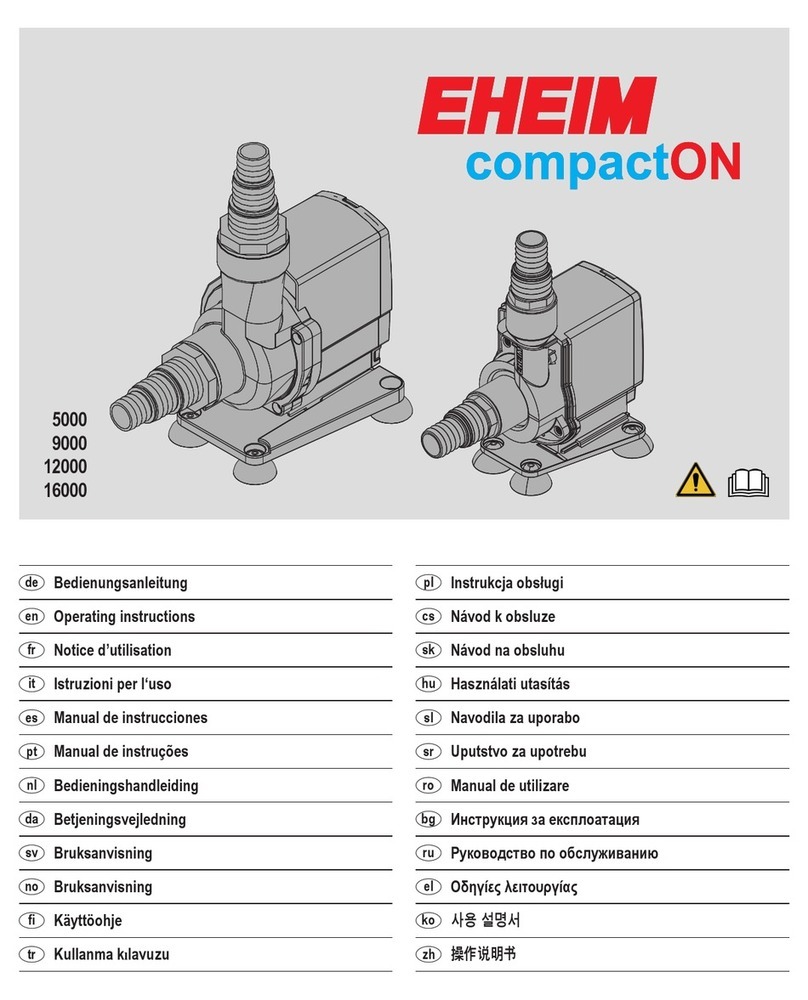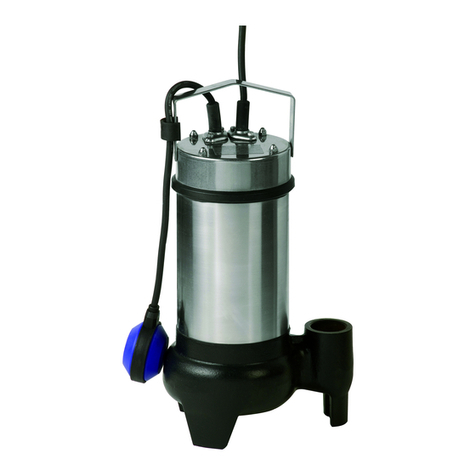Smiths Medical CADD Prizm VIP 6100 User manual




















This manual suits for next models
1
Table of contents
Other Smiths Medical Water Pump manuals

Smiths Medical
Smiths Medical Graseby 500 User manual

Smiths Medical
Smiths Medical CADD Solis VIP 2120 User manual
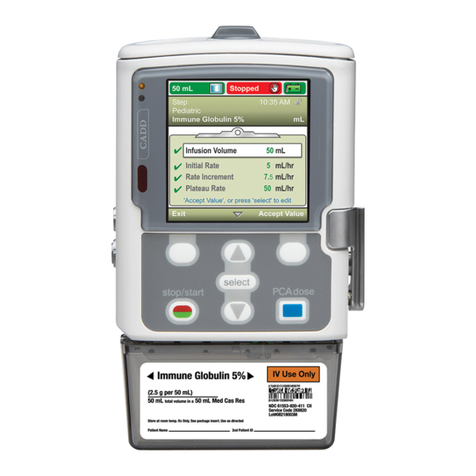
Smiths Medical
Smiths Medical CADD-Solis User manual
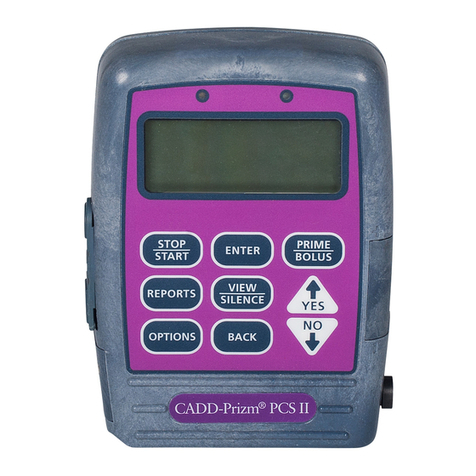
Smiths Medical
Smiths Medical CADD-Prizm PCS II User manual

Smiths Medical
Smiths Medical CADD 2120 User manual
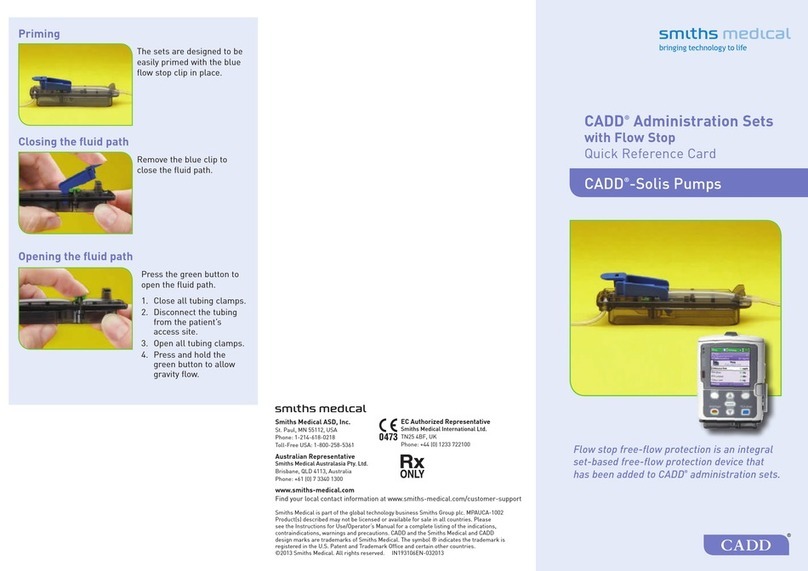
Smiths Medical
Smiths Medical CADD Administration Sets with Flow Stop Reference guide

Smiths Medical
Smiths Medical Graseby C9 User manual
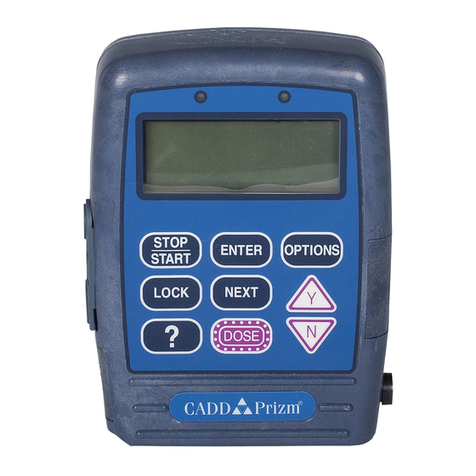
Smiths Medical
Smiths Medical CADD-Prizm VIP 6100 Reference guide
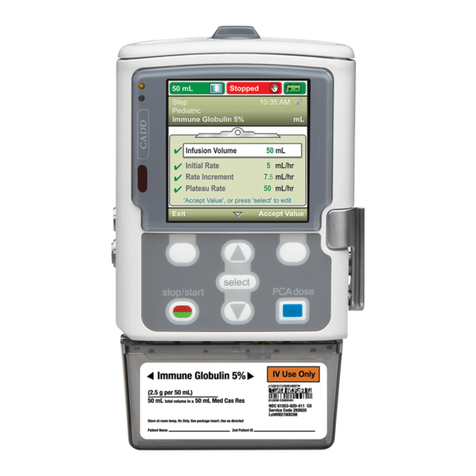
Smiths Medical
Smiths Medical CADD Solis 2100 User manual
Popular Water Pump manuals by other brands
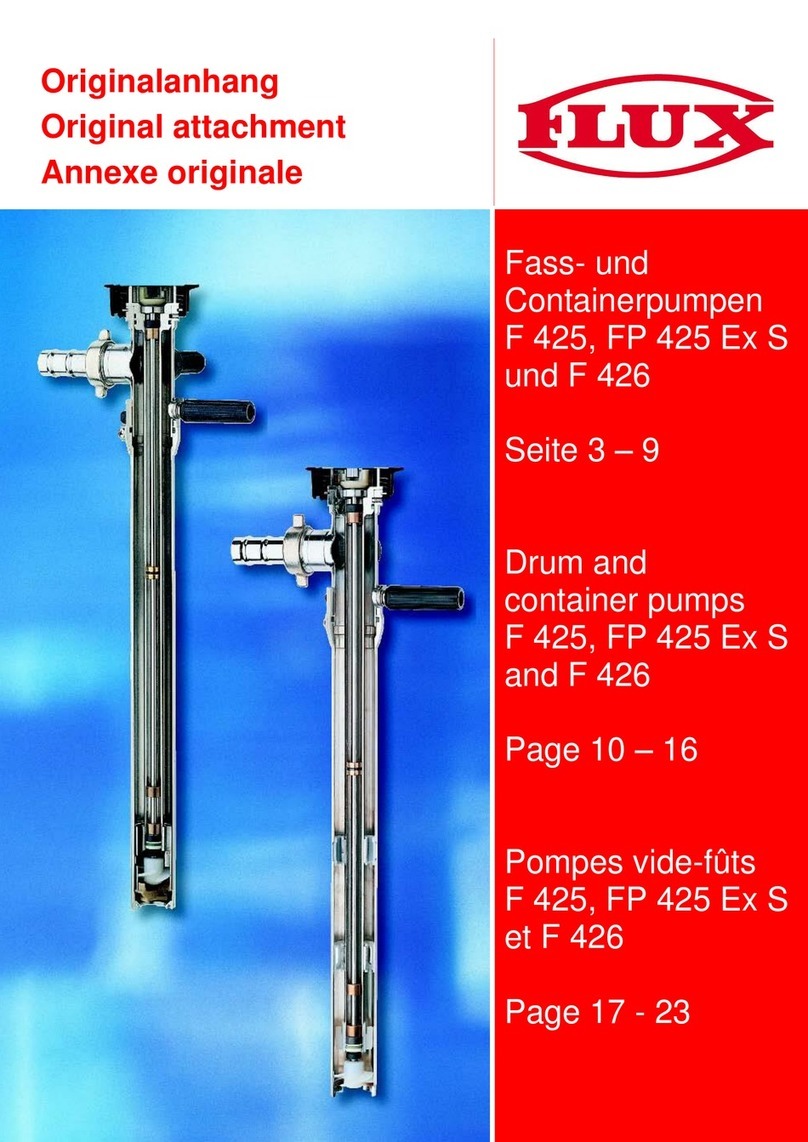
Flux
Flux F 426 S Series Original attachment

Toshiba
Toshiba TCB-DP32DE installation manual

Pentair
Pentair 1532C Series owner's manual

Xylem
Xylem GOULDS HMS Installation, operation and maintenance instructions
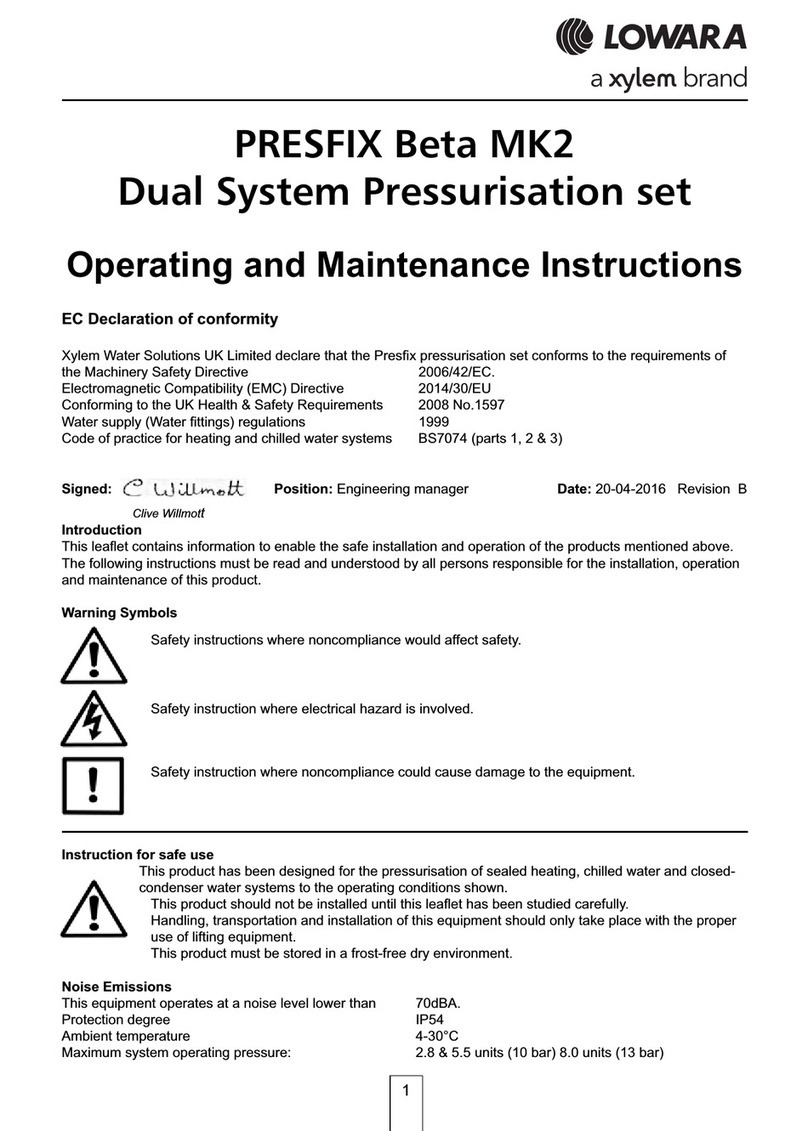
Xylem
Xylem Lowara Presfix Beta MK2 Operating and maintenance instructions
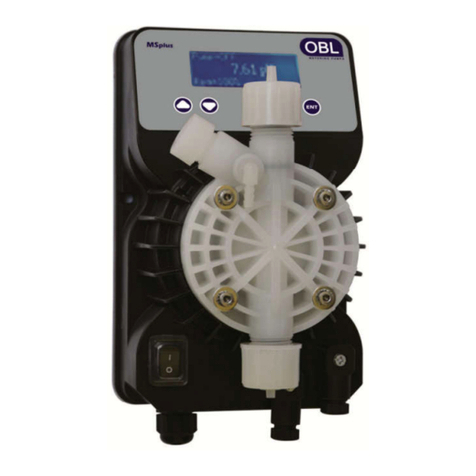
OBL
OBL MS-Plus Series manual
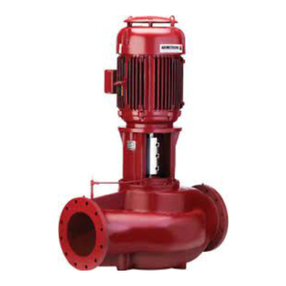
Armstrong
Armstrong 4300 Series Installation and operating instructions

LUBE
LUBE EGM-50TH-10S instruction manual

Gude
Gude HWW 1000 P INOX Original operating instructions
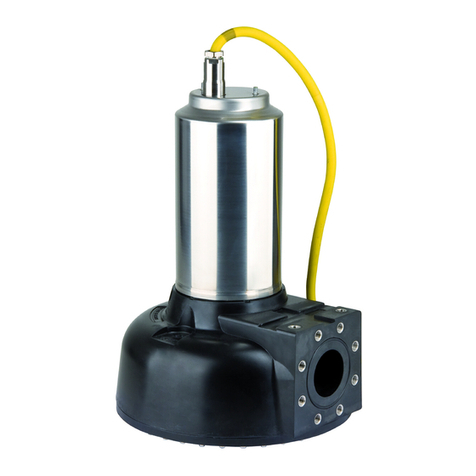
Wilo
Wilo Drain TP 80 Installation and operating instructions
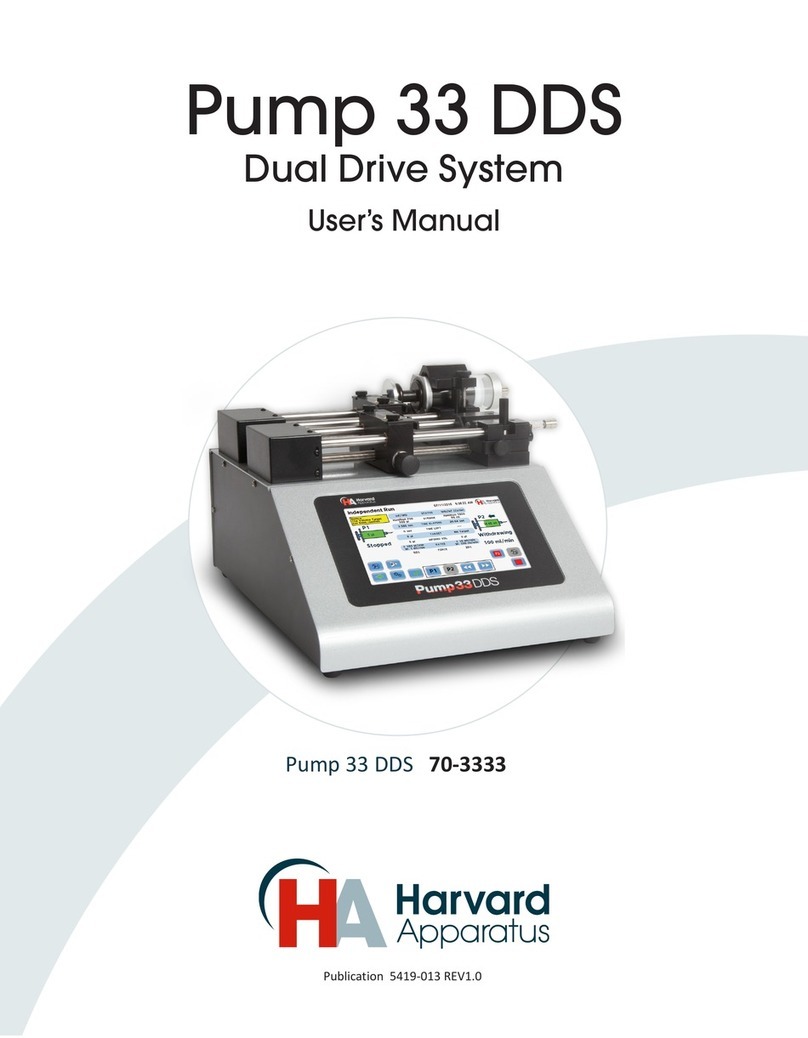
Harvard Apparatus
Harvard Apparatus Pump 33 DDS user manual

XPOtool
XPOtool 51537 Operation manual
